Defying Gravity
Monday, May 3, 2021 @ 2:52 PM
Unlike conventional stalactites, which are formed in a downwards direction in accordance with the law of gravity, eccentric stalactites grow randomly in any direction, like the branches of a tree. They are not very common and when there are two or more in one place they are quite spectacular to see. The Pozalagua Cave in Carranza, the westernmost town in Biscay, has an abundance of them. No other cavity in the world has so many.
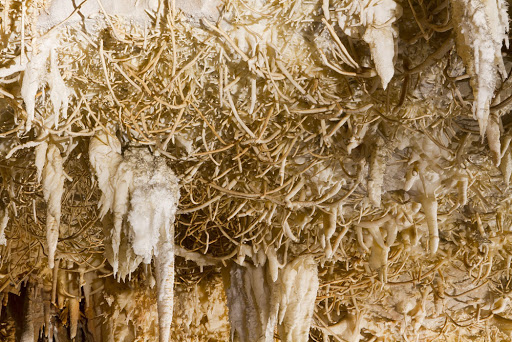
It is a speleological feast, a marvellous pandemonium of eccentric stalactites woven together forming masses like roots and corals. It was discovered in a somewhat unusual way in 1957, not from careful prospecting, but from a charge of dynamite in a nearby dolomite quarry; this accidentally opened up this 125-metre long, 70-metre wide and 12-metre high vault. The guides explain to visitors that no air currents, roots or magnetic fields were involved in the formation of the eccentric stalactites. They crystallise like that.
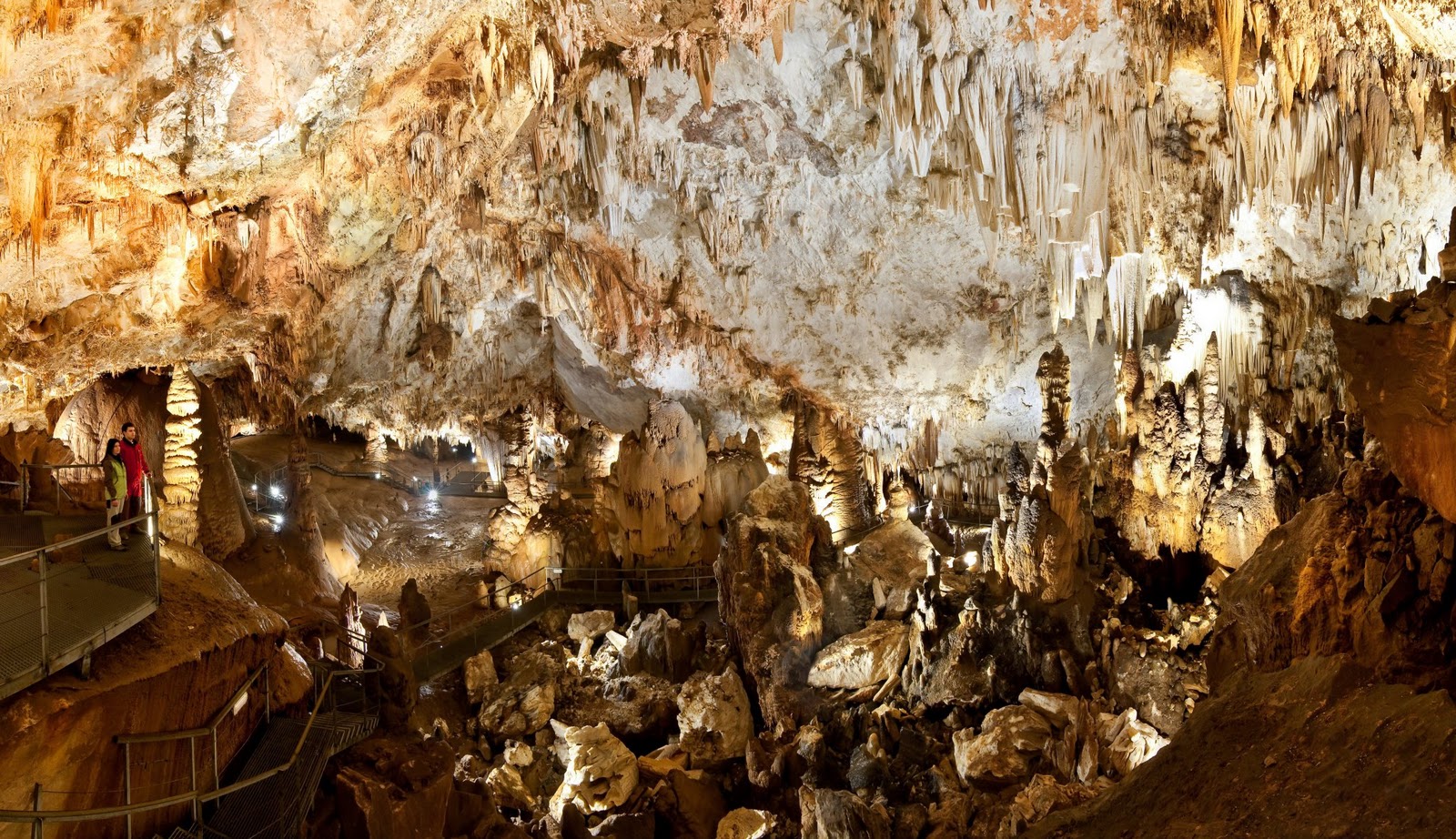
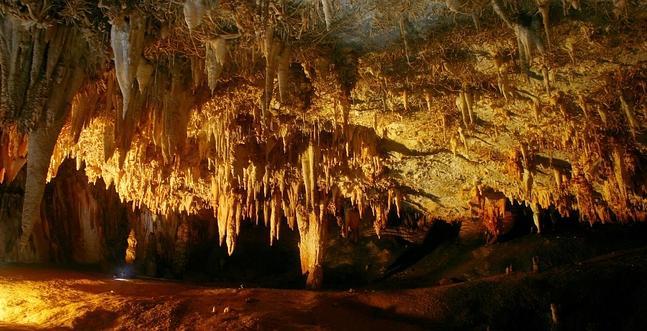
Outside of the cave, the old dolomite quarry has been restored and is now the site of an amphitheatre where concerts are held in the summer. The limestone rock has been cut with diamond wire so perfectly that it seems the terraces have been sculpted from a block of marble.
In the same town, there is also the Karpin Abentura Wild Animal Shelter, where visitors can go to see a large number of illegally trafficked animal species, abandoned exotic pets and other species unable to return to the wild. They are all cared for in a privileged environment with a multitude of flora species from all the continents. Another great curiosity of the Enkarterri area is the Miguel de la Vía collection, in Galdames. It is made up of more than 70 antique and classic cars, which are displayed in the 13th century Loizaga Tower. The collection includes all models of Rolls-Royce up until the company was taken over by BMW in 1998.
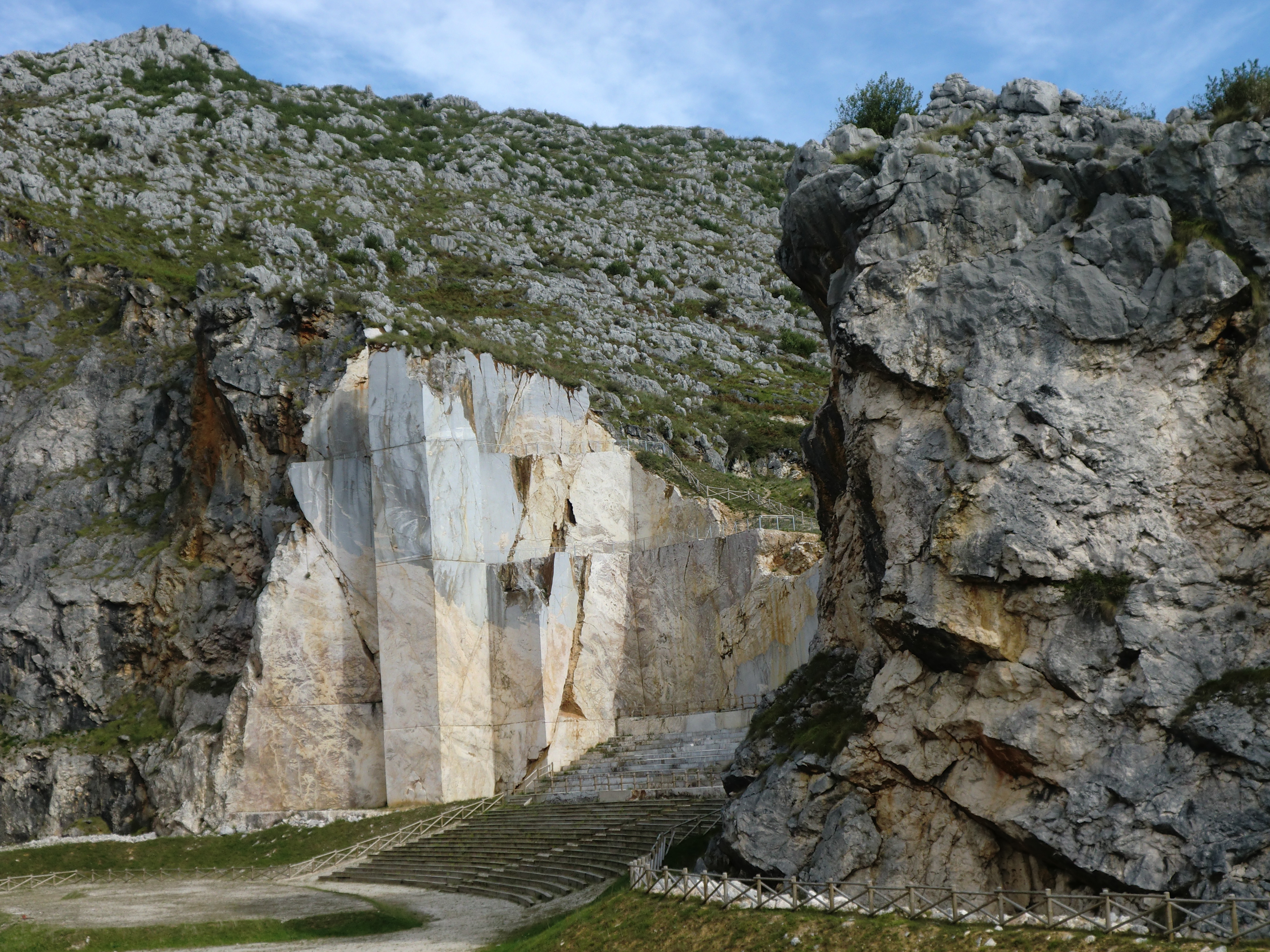
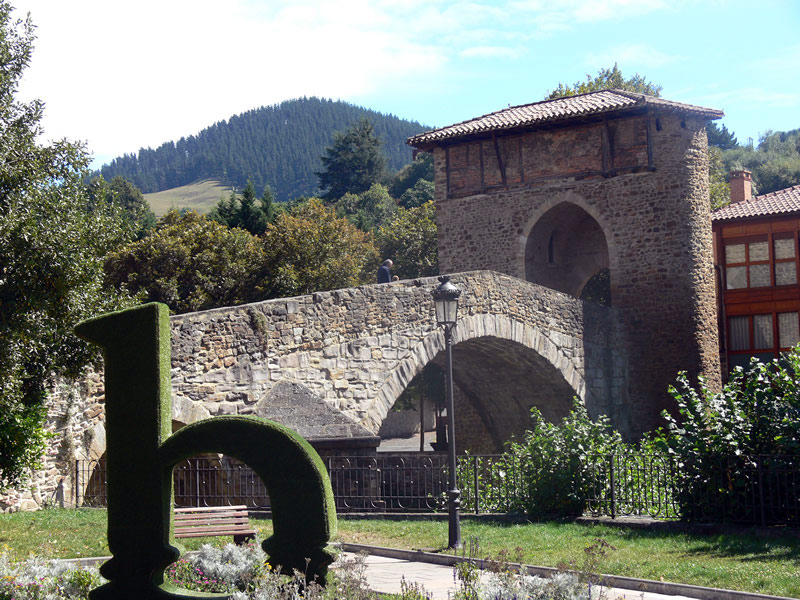
If there is still time and you would like to see more of the area, in Balmaseda there is the Muza Bridge. It exudes the Middle Ages from all of its stones and even the tower where the 'bridge tax' was paid in the middle ages is still intact. You can also visit the Boinas La Encartada factory/museum. Balmaseda is also a good place to recharge your batteries. The typical dish here is 'putxera', a bean stew that was cooked in a pot by workers on the La Robla-Bilbao mining railway using the steam generated from the engine. The putxera has a monument and a festival, on 23 October, dedicated to it. No less traditional is the 'txakoli', which has been made in Balmaseda since the end of the 15th century.
You don't have to be registered to leave a comment but it's quicker and easier if you are (and you also can get notified by email when others comment on the post). Please Sign In or Register now.